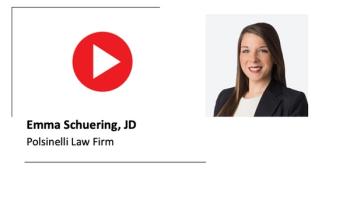
Non-compete agreements are facing complicated legal challenges right now. Here's what you need to know.

Non-compete agreements are facing complicated legal challenges right now. Here's what you need to know.
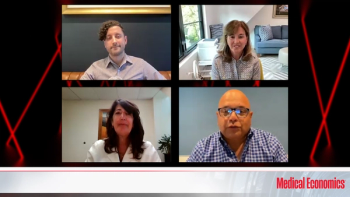
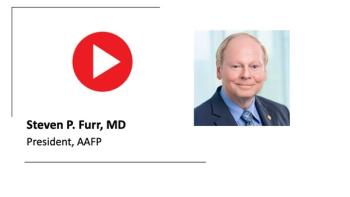
Physicians need to understand the reasons behind COVID-19 vaccine hesitancy so they can better address it.
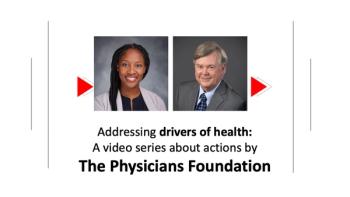
Two experts discuss The Physicians Foundation and its efforts to affect the factors that affect health outside the doctor's office.
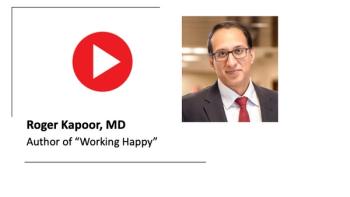
How to know whether you are burned out to the point where you need to look for a new job.
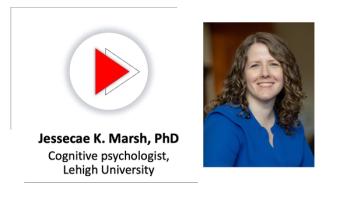
A cognitive psychologist discusses causal beliefs, patient decisions and disclosures, and how those affect health care.

A cognitive psychologist discusses causal beliefs, patient decisions and disclosures, and how those affect health care.

A cognitive psychologist discusses causal beliefs, patient decisions and disclosures, and how those affect health care.

A cognitive psychologist discusses causal beliefs, patient decisions and disclosures, and how those affect health care.

A cognitive psychologist discusses causal beliefs, patient decisions and disclosures, and how those affect health care.

A cognitive psychologist discusses causal beliefs, patient decisions and disclosures, and how those affect health care.

A cognitive psychologist discusses causal beliefs, patient decisions and disclosures, and how those affect health care.

A cognitive psychologist discusses causal beliefs, patient decisions and disclosures, and how those affect health care.

A cognitive psychologist discusses causal beliefs, patient decisions and disclosures, and how those affect health care.
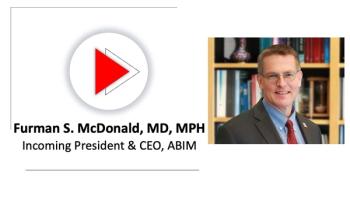
A conversation with Furman S. McDonald, MD, MPH.
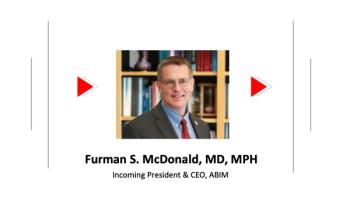
A conversation with Furman S. McDonald, MD, MPH.

A conversation with Furman S. McDonald, MD, MPH.

A conversation with Furman S. McDonald, MD, MPH.

A conversation with Furman S. McDonald, MD, MPH.

A conversation with Furman S. McDonald, MD, MPH.

A conversation with Furman S. McDonald, MD, MPH.

A conversation with Furman S. McDonald, MD, MPH.
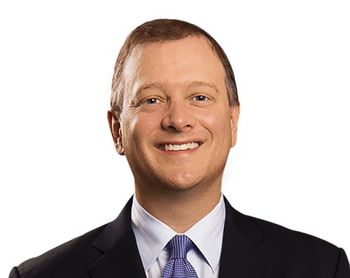
Transitioning to concierge medicine from a traditional fee-for-service medical practice is a daunting task - but you don't have to do it alone.
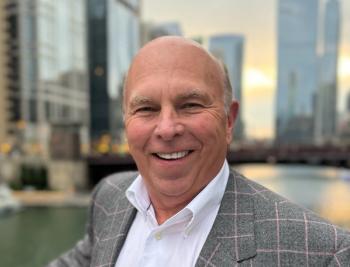
Knowing if its too early (or too late) for a physician to transition the practice to concierge medicine.

Does better physician work-life balance lead to better doctor-patient relationships?

And should your concierge practice accept insurance?

David B. MacIsaac, DO, explains how is traditional practice model differed from the concierge model with SignatureMD.

Answers to frequently asked questions about concierge medicine with Terry Bauer, CEO of Specialdocs.

David B. MacIsaac, DO, knew he had to get out of the traditional fee-for-service hampster wheel, and noticed how the number of independent practices in his area were dwindling.

Answers to frequently asked questions about concierge medicine with Terry Bauer, CEO of Specialdocs.